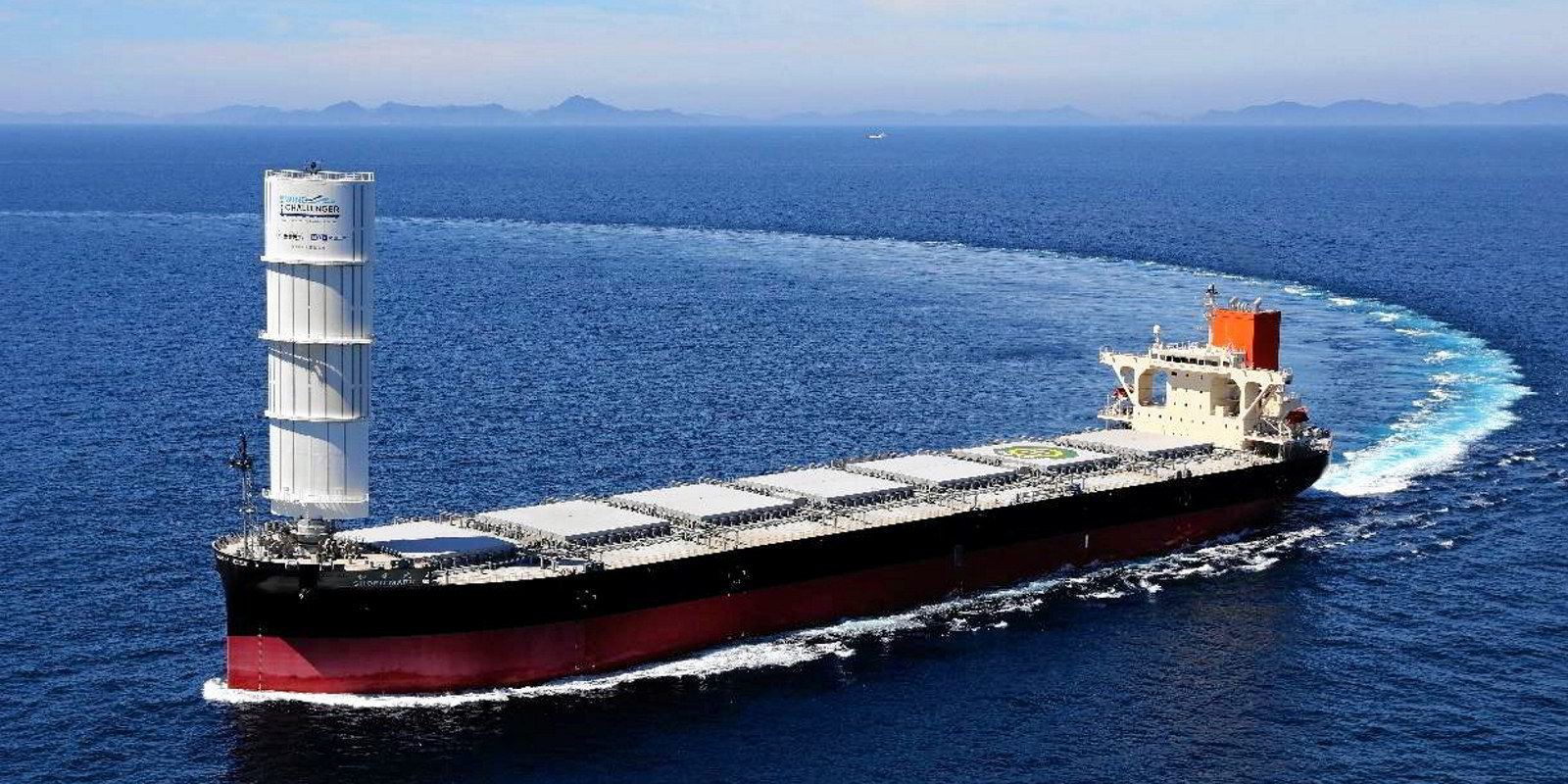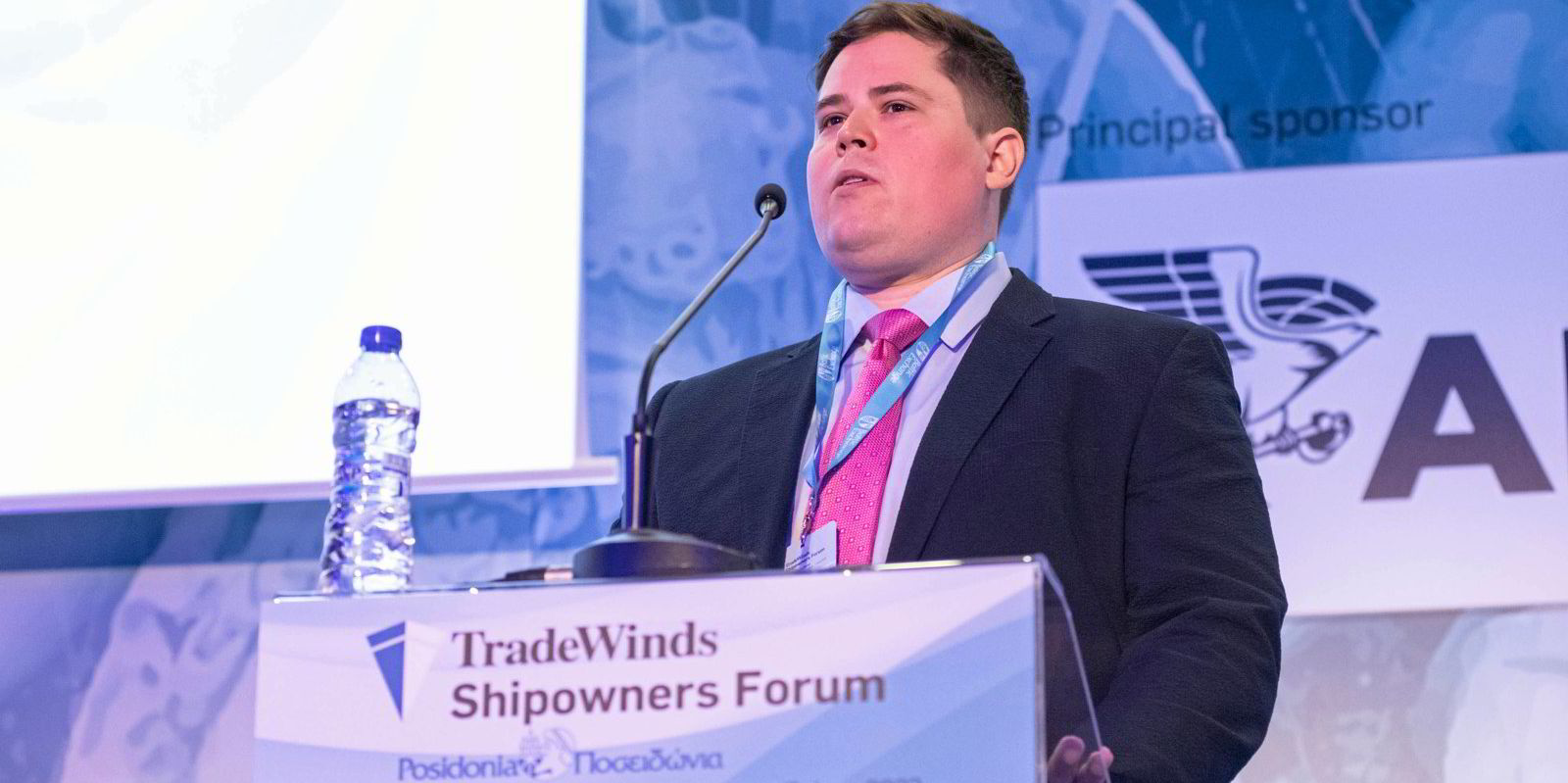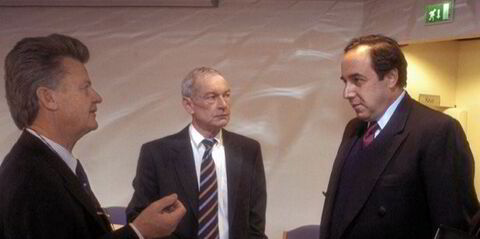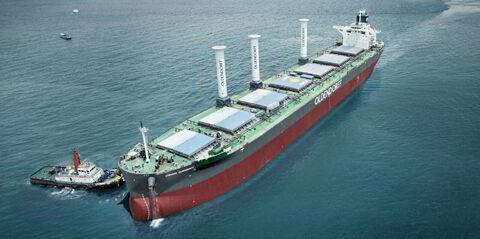The cost of modernising the global tanker fleet to meet the International Maritime Organization’s 2030 carbon emissions targets is estimated to hit $129bn, according to a senior academic.
Amir Alizadeh, a professor of shipping economics and finance, told a London conference that the current level of green investments is a tiny fraction of what is needed to cut the carbon intensity of tankers by 40% compared with 2008 levels.
Soaring rates have kept older tankers in service longer, with hundreds of vessels shifting to the shadow fleet, hampering efforts to develop a cleaner and more efficient fleet. Indecision over the choice of future fuels and soaring costs have contributed to a record-low orderbook.
Many owners are preferring to use revenues from the booming sector to pay down debt in a time of rising interest rates rather than invest in new ships, a conference organised by the Costas Grammenos Centre for Shipping, Trade & Finance heard on Tuesday.
Finance from European banks is limited for small and medium-sized tanker owners, while some are wary of the booming Chinese ship finance sector that has been under investigation by local authorities, the conference heard.
“The transition may take longer than we think because of the slow investment,” Alizadeh told TradeWinds.
His analysis suggested that there are more than 1,890 crude and product tankers aged over 15 years that are unlikely to be used by oil majors. They represent 27% of the fleet of tankers of 10,000 dwt and over.
The modernisation bill includes replacing those older tankers, as well as retrofitting newer vessels to comply with the IMO’s first global regulations to cut carbon emissions, said Alizadeh, who works at the shipping centre at Bayes Business School, London.
The Carbon Intensity Indicator (CII) will become increasingly rigorous to achieve the intermediate 2030 target.
Ships can improve their ratings from measures such as improved hull cleaning and the use of low-energy light bulbs to more expensive capital projects such as installing wind power for propulsion.

The IMO’s current goal is a 50% reduction in absolute CO2 emissions by 2050, but that could be strengthened at a meeting next month.
A previous study has suggested investments of $1trn to $1.4trn would be needed between 2030 and 2050 to hit the 50% target.
That figure compares with annual global investments in energy in 2018 of $1.85trn, said the University Maritime Advisory Services and the Energy Transitions Commission, which authored the 2020 study.
A survey published this month of owners of more than 14,000 ships from all sectors found that tanker owners were among the slowest to adopt emissions-saving technology.
The survey, conducted by the Global Centre for Maritime Decarbonisation and Boston Consulting Group, also found that owners with fewer than 20 ships — typical of the tanker sector — are less likely than larger owners to adopt new technologies .
Alex Ryland, a regional head for the Ocean Industries division of Norway’s DNB bank, said capital is less available to small and medium-sized owners.
Financiers are concerned about backing white elephant projects during a period of uncertainty and change for shipping, he said.
“We feel there’s capital there … at the right price, which is maybe not the right price for owners, but there is capital available,” he told TradeWinds.




